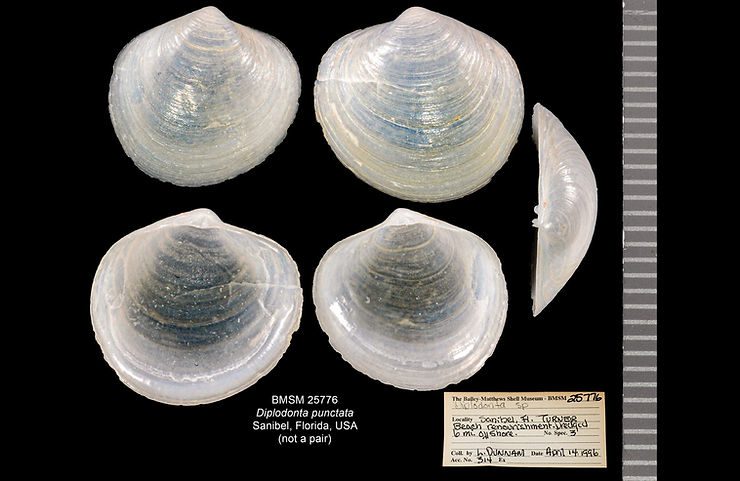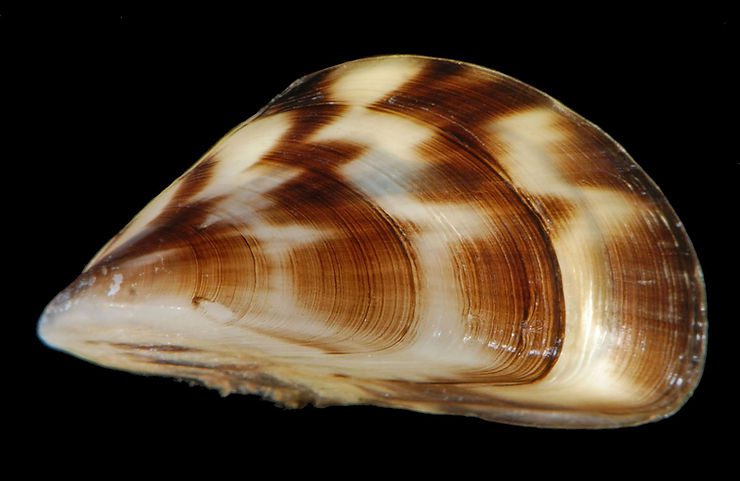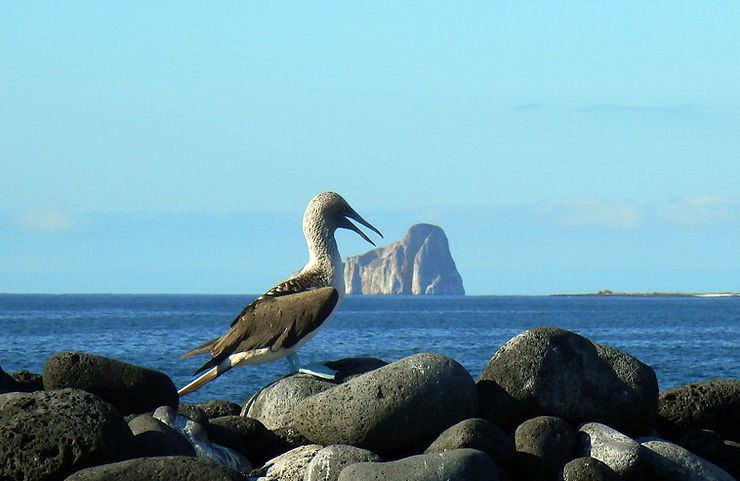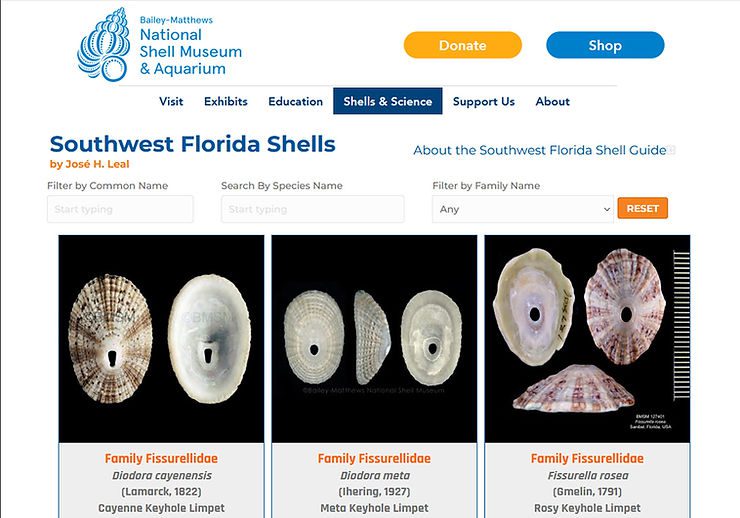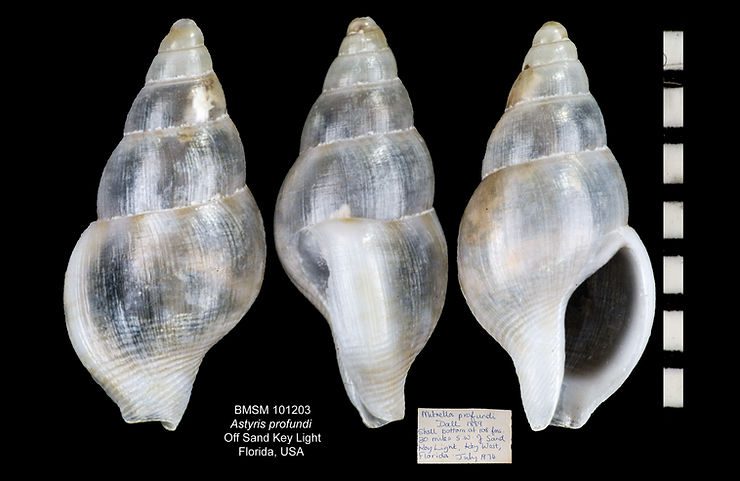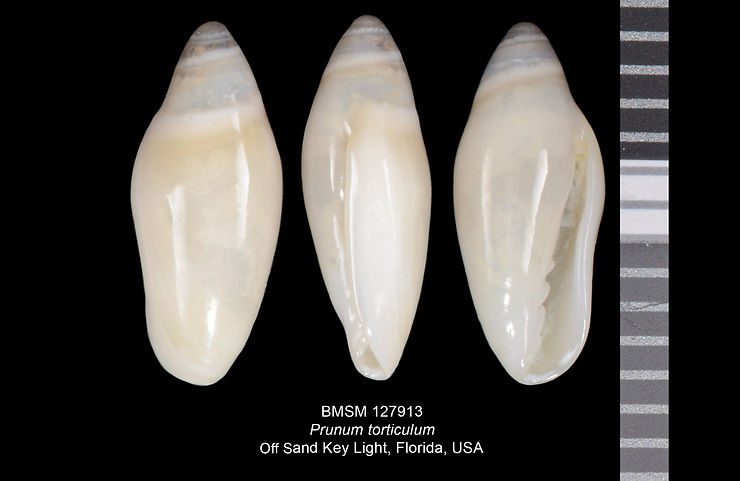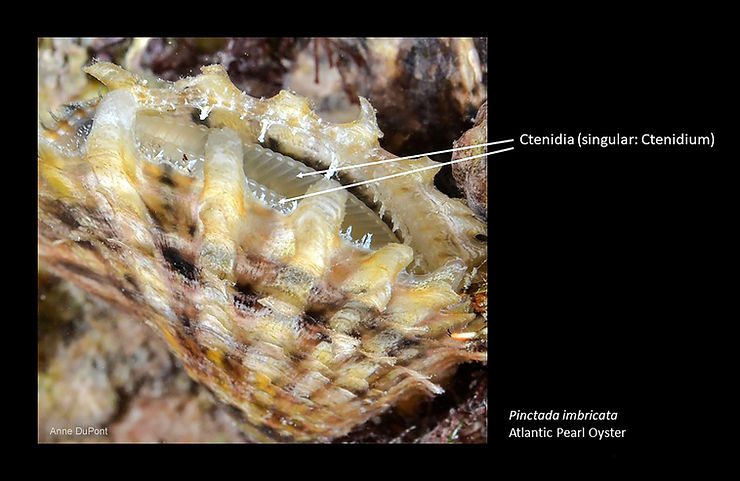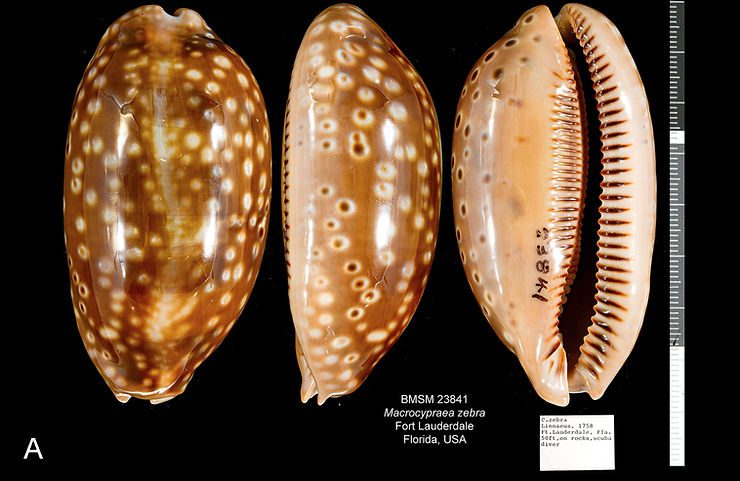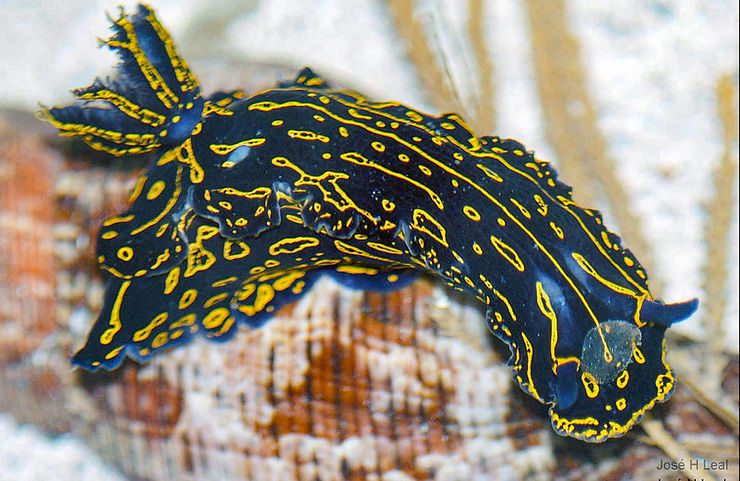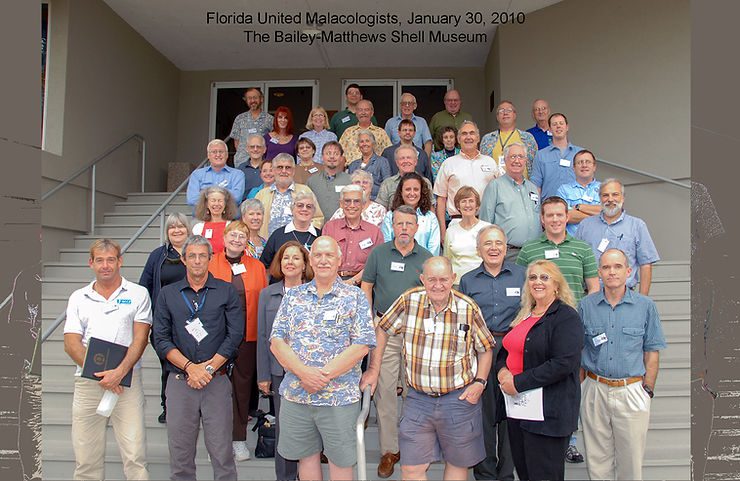
FUM Turns Fourteen!
Florida United Malacologists (FUM) is a one-day gathering that brings together researchers, collectors, citizen scientists, enthusiasts, and students interested in a broad range of mollusk-related topics. The annual event is turning 14 years of age this year! The first FUM was held at the National Shell Museum in 2010, following a suggestion by the late Alan Gettleman and Phyllis Diegel. Since then, the Museum has hosted FUM every even-numbered year. In odd-numbered years, FUM was hosted by the
